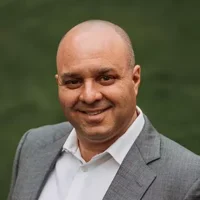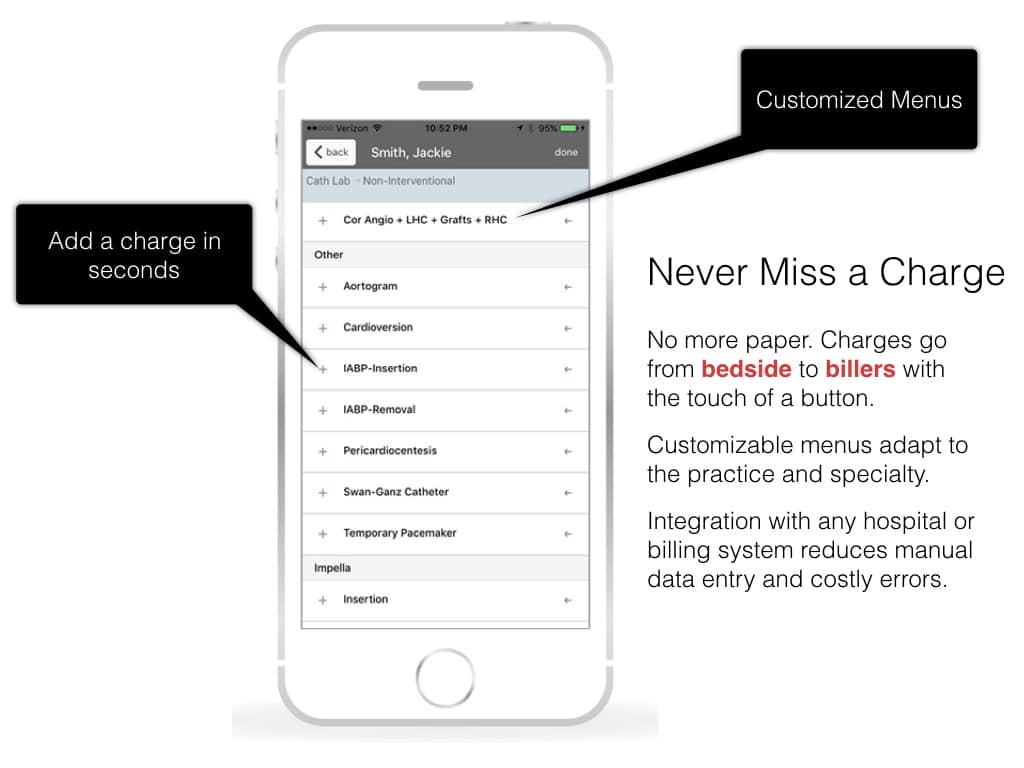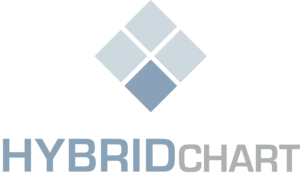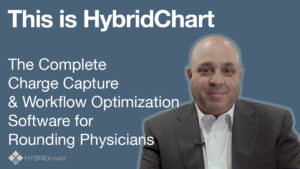Most specialist doctors spend their days solving complex health problems on a fixed time budget, with limited resources and inefficient tools. Ironically and stunningly, they spend more time at a computer than they do with their patients.
Imagine a world where physicians spend less time on the process of seeing patients and more time with the patients themselves. Once you are done applauding and smiling, let’s talk about the multitude of benefits from this new paradigm. For starters this would lead to a more focused and engaged clinician. Feeling pressured by time commitments is definitely not going to help the patient experience, nor allow these highly trained professionals to do their job.
More time in the exam room with patients has positively cascading effects. The doctor-patient relationship is instantly strengthened, and patient satisfaction naturally skyrockets. Focused doctors plus satisfied patients equals better decision-making, improved compliance, and ultimately (fingers-crossed) better outcomes.
So how do we get doctors more time with patients? How do we make them less like clerks glued to computer screens? Medical professionals are already spread too thin. Profit margins have shrunk to the point where volume of patients seen in a day could be the difference between viability and closed doors. To make this equation more complicated, patients are aging and have more complex conditions, and the shift towards value-based care means more documentation required per encounter. Here lies one of the many healthcare quandaries.
Here is part of the problem: the infrastructure and processes which are handed down from generation to generation of doctors is OLD and INFLEXIBLE. Many industries have seen transformation from using modern workflow solutions, assisted by well thought-out software platforms. Every industry from manufacturing to finance has gleaned the benefits of efficiency and reduction in overhead by adopting newer workflows. Somehow, medical professions have once again been late to this party. Clinging to old processes like a childhood teddy bear has kept doctors in the dark ages from a process standpoint.
The adoption of electronic medical records has been slow and not well-received. Creating electronic versions of old broken workflows has led to more problems than benefits. Not surprisingly, doctors are now leery of more disruptions to their delicate professional worlds.
Let’s look more closely at the daily tasks of a medical or surgical specialist who has an office and hospital-based practice. On the surface is the need for collaboration and team workflow management. Some of this is assignment of providers to patients in a transparent way so that time and efforts are not wasted. There is also the need for visibility as to which patients have been seen already. Things change quickly in the day of a medical provider, so there is the need for frequent reassessments of workload and patient allocation. When you add in midlevels, call schedules, emergencies and competing office schedules – it turns into a mess. This is a great opportunity for smart software to come in and bring some organization to the chaos. Cloud-based software platforms that connect the providers, connect the office resources, and allow customization to the workflow would be well-received.
Once the workflow has been tackled, there is the need for charge capture, communication, and potentially discharge management. Most of these processes are stuck in an archaic spiral that has been hard to break out of. As patient privacy standards continue to evolve, most of these processes – many of which are still paper-based – increase risk exposure. Their inefficiencies have started to become more and more apparent, so the need to modernize, consolidate, and streamline has never been more timely.
Rounding and workflow efficiency software can solve many of these issues, as long as it is well-designed and user-friendly. Smarter software that understands the real world of a doctor could free up provider time – time that could be spent with patients, family, or recharging your battery in their own way. Consolidating the workflow requirements into a software platform that is intuitive to doctors could dramatically alter the efficiency of providers, and allow them to take on the challenges of a value-based system. It could also break the stereotype that doctors are trapped in the past and unwilling to adopt modern solutions.
What is charge capture in healthcare?
Charge capture in healthcare describes the various processes used by healthcare providers to collect the money that is owed to them for the services that they have rendered to past and current patients. While charge capture policies and methods may seem quite a bit insignificant in comparison to the work that a specialized doctor is providing for patients, it is obviously necessary for doctors to get paid for the work they do – especially in light of reduced reimbursements and stringent guidelines to ensure payment for services rendered.
Medical practices struggle with successfully submitting charges so much that it is an industry standard for a typical practice’s charge capturing procedures to fail about 10 percent of the time. A typical specialist produces approximately $1 million dollars in revenue annually. If they are missing 10% of their charges, as much or more than $100,000 is being left on the table.
But why are charge capture issues so common? And if you are an owner, partner, or employee of a medical practice, what can you do about it? Here are a few options that we have laid out that can help your practice improve your charge capture procedures immensely:
Medical Practice Charge Capture Best Practices
* Educate Employees on Regulations
The more that your employees understand the rules and regulations, the more they understand what they should and shouldn’t do. This is especially true because many charge capture regulations change quickly. Make sure that you offer training for your employees so that they stay in the loop.
* Focus on Your Documented Process
The clearer the steps are in the capture process, the fewer errors your employees will have a tendency to make. As long as you keep very consistent charge standards throughout your organization, the less likely a lost charge will occur.
* Keep Communication Lines Open and Use Them Often
Keeping lines of communication open between your employees will also reduce errors. This is especially true if they are already on the same page with the document charge capture process. Make sure you build a culture that fosters extreme openness so that when one of your employees notices an issue, he or she will not be shy to pick up the phone and get right to the solution.
* Make Regular Billing Audits
Making regular billing audits will not only let you know if you left any money on the table, but also if your charge capture processes are improving or getting worse. The more common these audits are, the more quickly you can make improvements when there is a problem.
* Adopt an automated charge capture system
Most charge capture procedures are based on following a vast ocean of paperwork documenting past medical services performed. If any of this vital paperwork gets lost or doesn’t get filled out properly in the first place, many charges will never have the ability to be captured at all. However, if you use an automated charge capture system such as the one that we offer at HybridChart, you will never have to worry about losing a piece of paper related to a charge ever again!
An automated charge capture system may be the most profitable investment that you can make into your hospital today. You can almost instantly boost your revenue by the 10 percent that you were already losing by using a modern, high-tech and easy-to-implement charge capture system such as ours.
Dr. Gregory Sanders is a practicing Cardiologist and the CEO/Founder of HybridChart based in Scottsdale, Arizona. Visit HybridChart at www.hybridchart.com
Smarter Rounding and Workflow Software for Doctors
At HybridChart, we provide technology that connects your healthcare team, increases efficiencies, AND improves your bottom line. HybridChart’s cloud-based software adapts to your practice’s unique workflow and will improve your profitability and patient outcomes by utilizing our 5 features: census management, charge capture, secure messaging, discharge management, and data analytics.
NEVER miss another charge and get PAID for the work you do!








